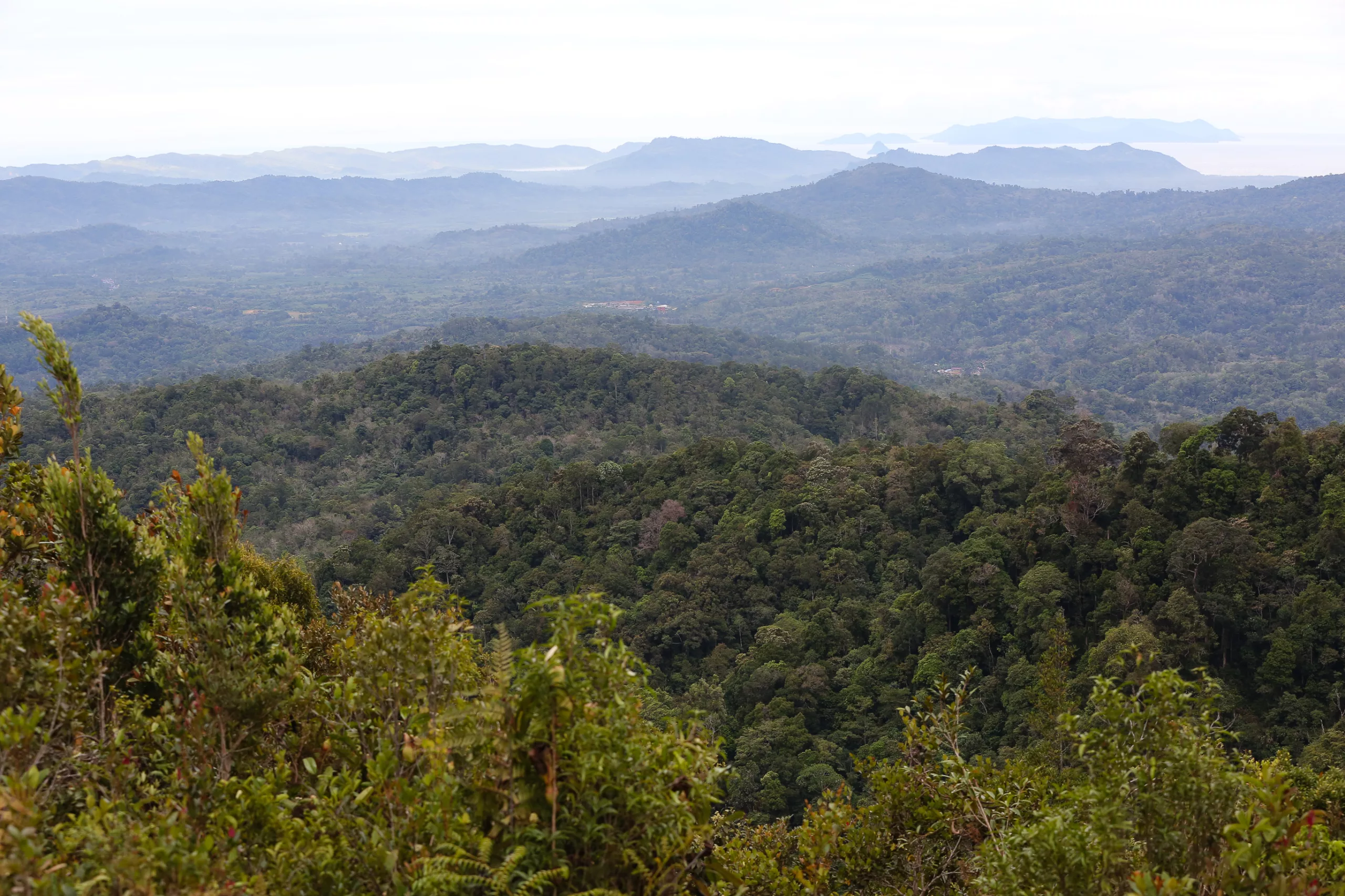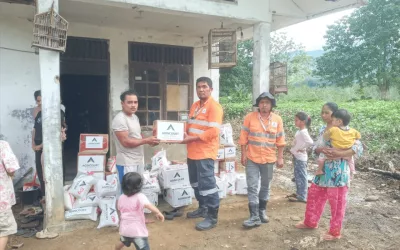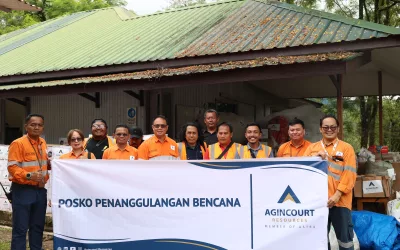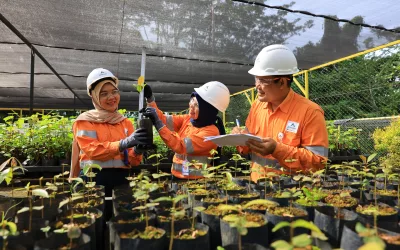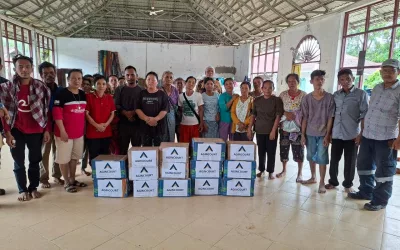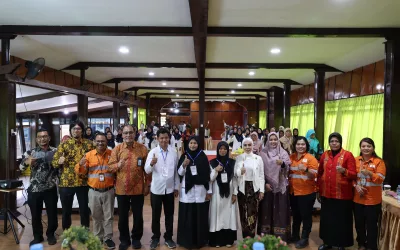Amidst the rush of development and human activity, we often overlook the heartbeat of nature that sustains us all biodiversity, the richness of living organisms from the smallest to the largest, along with the ecosystems they inhabit. A genuine commitment to protecting this vital balance is embodied in a strategic document called the Biodiversity Action and Management Plan (BAMP), a tangible expression of environmental responsibility.
BAMP is not merely an administrative formality, but a critical foundation for balancing development with nature conservation. It outlines systematic steps to identify, manage, protect, and restore biodiversity in areas affected by human activities such as mining, infrastructure projects, or other industrial operations.
The goals of BAMP are both clear and meaningful:
• To prevent and minimize negative impacts on local flora, fauna, and ecosystems;
• To conserve endemic species and strengthen long-term conservation values;
• To sustain ecosystems that support human life;
• To comply with both national environmental regulations and international standards.
As climate change and biodiversity loss emerge as pressing global issues, BAMP serves as a crucial bridge between economic growth and environmental preservation. It enables companies not only to fulfill legal obligations, but also to secure social license to operate and build a reputation as environmentally responsible entities.
Agincourt Resources has developed and implemented BAMP as part of its commitment to nature conservation. This commitment extends beyond operational boundaries into surrounding areas, ensuring the ecological continuity of the broader landscape.
When executed in an integrated manner, BAMP directly contributes to ecosystem stability, community food security, and the overall quality of life for future generations. Upholding the principle of sustainability, BAMP reminds us that true development does not neglect our natural heritage, but embraces it as a cornerstone for a resilient and meaningful future.

